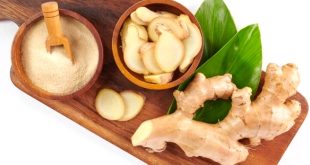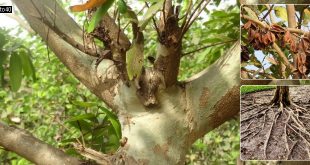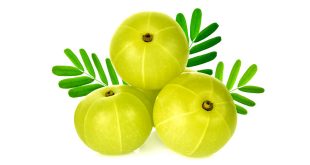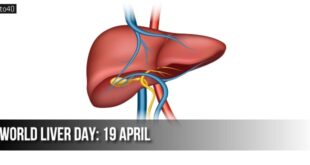Asparagus Racemosus (Wild Asparagus, Asparagus Root, Shatavari) — Family Name: Liliaceae
Botanical Name: Asparagus Racemosus
Common Name: Asparagus, Wild Asparagus, Asparagus Root, Shatavari
Part Used: Tuberous roots
Uses: The roots are bitter, sweet, emollient, cooling, nervine, tonic, constipating, opthalimic, anobyne, aphrodisiac. They are useful in nervous disorders, dyspepsia, tumors, scalding of urine, throat infections, tuberculosis, cough bronchitis and general debility.
Introduction
 Asparagus is a herbaceous perennial plant. It is the most important herb in Ayurvedic medicine. The herb has been highly valued and prescribed to stimulate and strengthen kidney function. Shatavari is traditionally used to support the female organs, prevent sexual debility, help menopausal conditions, stomach ulcers, inflammation and chronic fevers. It is also a primary rejuvenative for pitta. It supports healthy and normal blood flow through the reproductive system. It supports normal hormone utilization and hormone blood levels. Shatavari’s antioxidant properties help maintain cell integrity.
Asparagus is a herbaceous perennial plant. It is the most important herb in Ayurvedic medicine. The herb has been highly valued and prescribed to stimulate and strengthen kidney function. Shatavari is traditionally used to support the female organs, prevent sexual debility, help menopausal conditions, stomach ulcers, inflammation and chronic fevers. It is also a primary rejuvenative for pitta. It supports healthy and normal blood flow through the reproductive system. It supports normal hormone utilization and hormone blood levels. Shatavari’s antioxidant properties help maintain cell integrity.
Chemical Constituents
Shatavari is rich in active constituents such as galactose, arabinose, steroidal glycosides and saponins.
Nutritional Value
Asparagus is low in calories, contains no fat or cholesterol, and is very low in sodium. It is a good source of folic acid, potassium, dietary fiber, and rutin.
Medicinal Uses
- Asparagus rhizomes and root is used ethnomedically to treat urinary tract infections, as well as kidney and bladder stones and especially arising from congestion around the heart.
- The rhizome is a soothing tonic that acts mainly on the circulatory, digestive, respiratory and female reproductive organs.
- It is taken internally in the treatment of hyperacidity, stomach ulcers and bronchial infections.
- The whole plant is used in the treatment of diarrhoea, rheumatism, jaundice, diabetes and brain complaints.
- Bark is antifungal and antibacterial (Antidysentry).
- Root promotes lactation in mothers and appetite and nourishment in children.
- It is used in treating acidity and hair tonic.
 Kids Portal For Parents India Kids Network
Kids Portal For Parents India Kids Network





